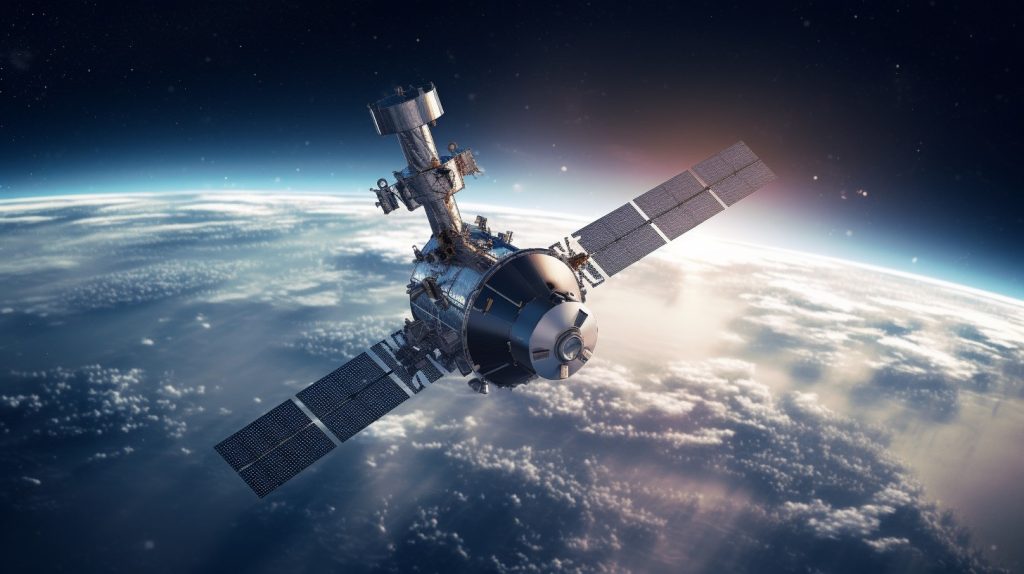Space Debris Tracking and Removal
Introduction
The vast expanse of Earth’s orbit is no longer just the domain of operational satellites and spacecraft. It has become increasingly cluttered with space debris, defunct satellites, discarded rocket stages, and fragments from past missions. This growing population of space debris poses a significant threat to operational spacecraft and the long-term sustainability of space activities. To address this challenge, researchers and space agencies are turning to Artificial Intelligence (AI) solutions for tracking and removing space debris. In this article, we delve into the pressing issue of space debris and explore how AI is revolutionizing efforts to prevent collisions in Earth’s orbit.
The Growing Challenge of Space Debris
The Space Junkyard
Earth’s orbit, particularly in low Earth orbit (LEO), has become a congested space junkyard. It is home to thousands of defunct satellites, spent rocket stages, and millions of smaller fragments traveling at high speeds.
Collision Risks
Space debris poses a significant collision risk to operational satellites and spacecraft. Even small fragments can cause catastrophic damage when traveling at orbital velocities.
Kessler Syndrome
The Kessler Syndrome is a theoretical scenario in which a cascade of collisions among space debris creates a self-sustaining cloud of debris, making certain orbital regions too hazardous for spacecraft.
The Need for Space Debris Tracking and Removal
Protecting Operational Satellites
One of the primary motivations for space debris tracking and removal is to protect operational satellites, including those used for communication, Earth observation, and navigation.
Long-Term Sustainability
Effective space debris management is crucial for ensuring the long-term sustainability of space activities and preventing further contamination of Earth’s orbit.
AI Solutions for Space Debris Tracking
Object Detection
AI algorithms play a central role in detecting and tracking space debris. They analyze data from ground-based radar, telescopes, and space-based sensors to identify and monitor objects in orbit.
Predictive Modeling
AI-powered predictive models continuously assess the trajectories of space debris and predict potential collision risks. These models take into account factors such as orbital dynamics, space weather, and object characteristics.
Data Fusion
AI systems excel at fusing data from multiple sources, including radar, optical sensors, and radio frequency observations. This comprehensive data fusion creates a detailed and up-to-date picture of the space debris environment.
AI Solutions for Space Debris Removal
Active Debris Removal (ADR)
Active debris removal techniques involve capturing and removing space debris from orbit. AI can enhance ADR missions by enabling precise tracking and targeting of debris objects.
Autonomous Capture
AI-driven robotic systems can autonomously capture and manipulate space debris objects, making the removal process more efficient and reducing the risk to human operators.
Tethers and Nets
AI algorithms assist in the deployment and control of space debris capture devices, such as tethers and nets, which can ensnare and deorbit debris objects.
Benefits of AI in Space Debris Tracking and Removal
Enhanced Accuracy
AI algorithms significantly improve the accuracy of space debris tracking and collision predictions, reducing the likelihood of false alarms and unnecessary maneuvers.
Real-time Monitoring
AI systems provide real-time monitoring of the space debris environment, enabling rapid responses to emerging threats or anomalies.
Efficient Resource Allocation
AI-driven decision-making helps optimize the allocation of resources for space debris removal missions, ensuring the most critical targets are addressed.
Risk Reduction
By actively removing space debris, AI-powered systems help mitigate the risks associated with collisions and the potential onset of the Kessler Syndrome.
Real-World Applications
European Space Agency (ESA)
e.Deorbit Mission
The ESA’s e.Deorbit mission aims to actively remove a large defunct satellite from orbit. AI plays a critical role in mission planning, debris tracking, and capture.
Astroscale
Astroscale, a private space company, is developing AI-driven solutions for space debris removal. Their technology includes autonomous capture systems and removal missions.
Challenges and Future Directions
Scalability
Scaling up space debris tracking and removal efforts to address the growing population of debris objects in orbit is a significant challenge.
Regulatory Frameworks
The development of international agreements and regulations for space debris removal and mitigation is essential to ensure responsible space behavior.
Cost-effectiveness
Space debris removal missions can be costly. Ensuring cost-effective solutions for debris removal is crucial for sustainability.
Data Sharing and Collaboration
Encouraging greater data sharing and collaboration between space agencies, governments, and commercial entities is essential for effective space debris management.
Conclusion
Space debris tracking and removal have become imperative for protecting operational satellites and ensuring the long-term sustainability of space activities. AI is playing a pivotal role in these efforts, revolutionizing space debris tracking, predictive modeling, and removal techniques. As technology continues to advance, and as the space debris problem continues to grow, AI’s role in space debris management will become increasingly critical. By safeguarding our activities in space and preserving the integrity of Earth’s orbit, AI is helping pave the way for a sustainable and responsible future in space exploration.

